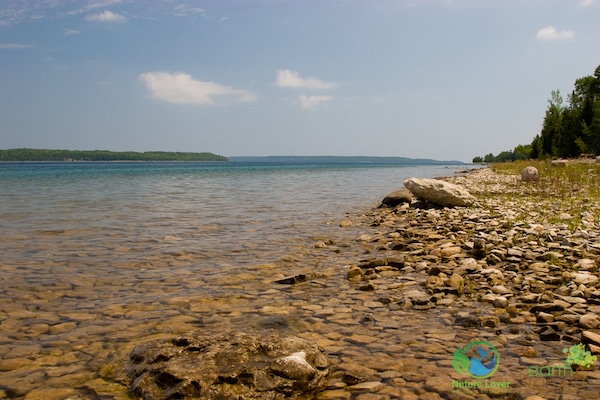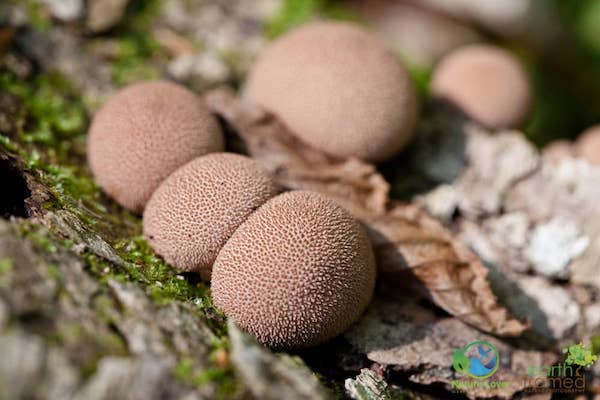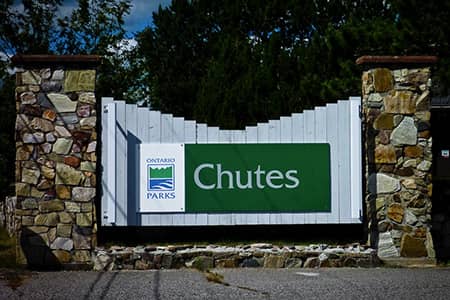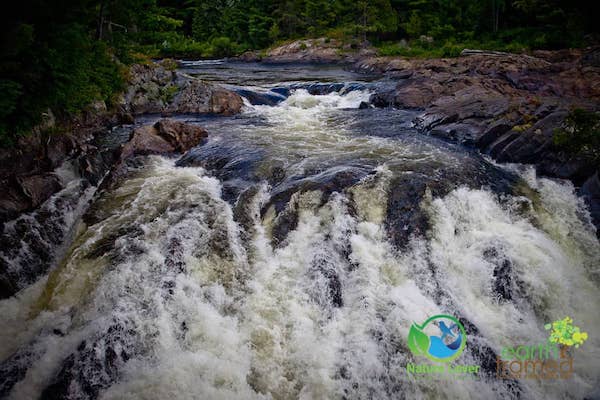In 2008 we spent quite a bit of time exploring the Bruce Peninsula in Ontario. We randomly drove down back roads and checked out small areas that locals use that are never listed on tourist sites. One such place was this rocky beach just east of Wiarton. We had just finished finding one of the many Bruce Adventure Passport stops that happened to be on one of the Bruce Side Trails in the area. It was a beautiful, warm day in mid July and we came across this short trail that lead to the beach.
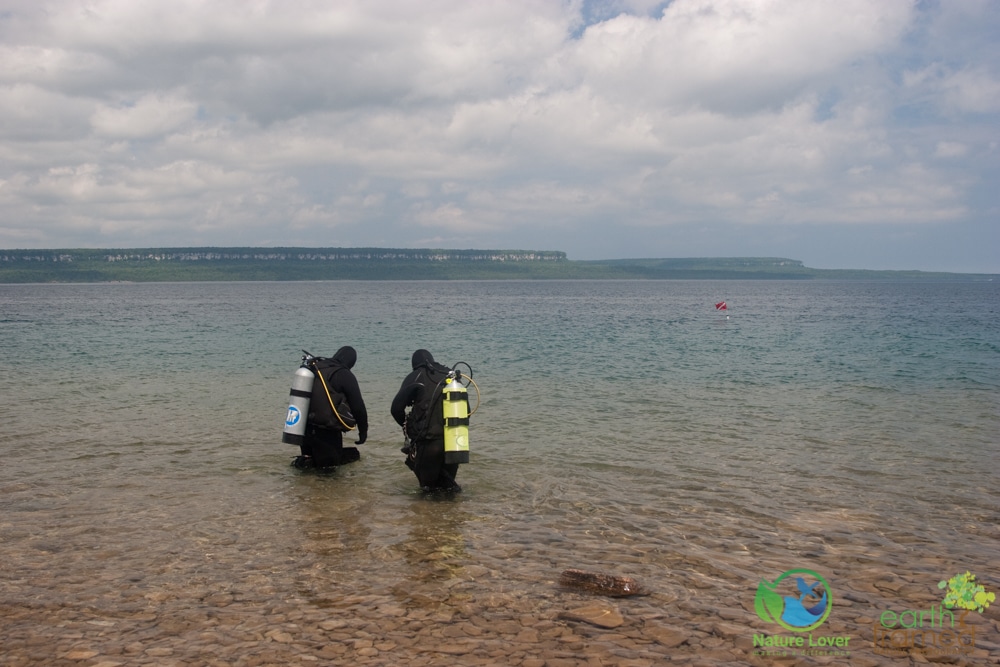
When we arrived on the beach we noticed some divers wading into the water which the beautiful Bruce Escarpment in the background. Even in the middle of July, these divers had full wet suits on with their hoods up. The water feels warm enough at the surface but 20-30 feet down it will be quite chilly even at the end of a hot summer.
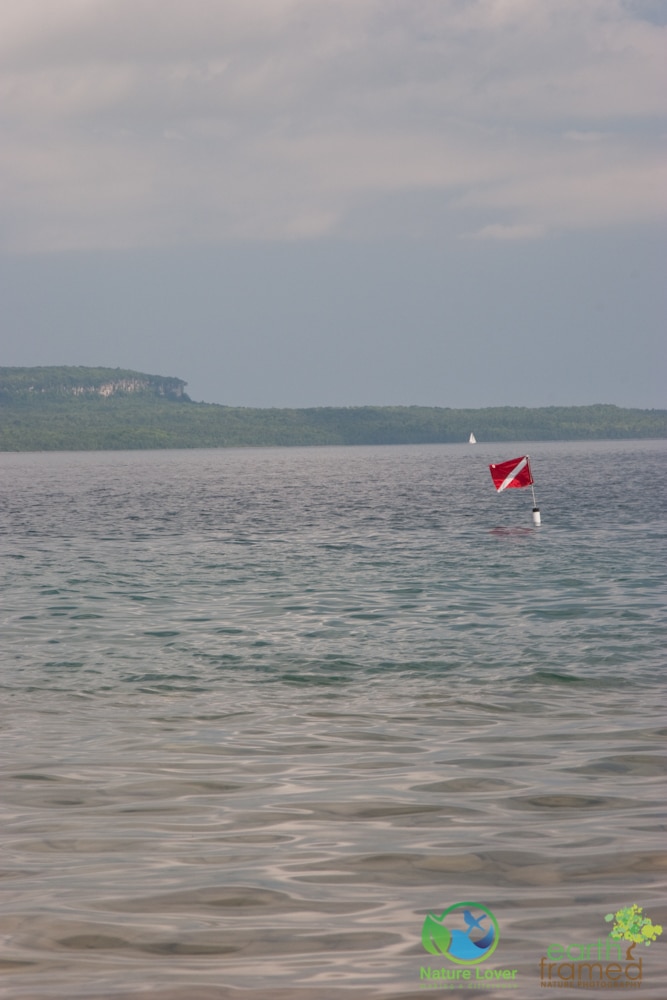
For safety, and by law, divers have to put a diving flag up above the general area they will be diving. This alerts boaters that a diver may surface in this area and they should be cautious or avoid the area to be extra safe.
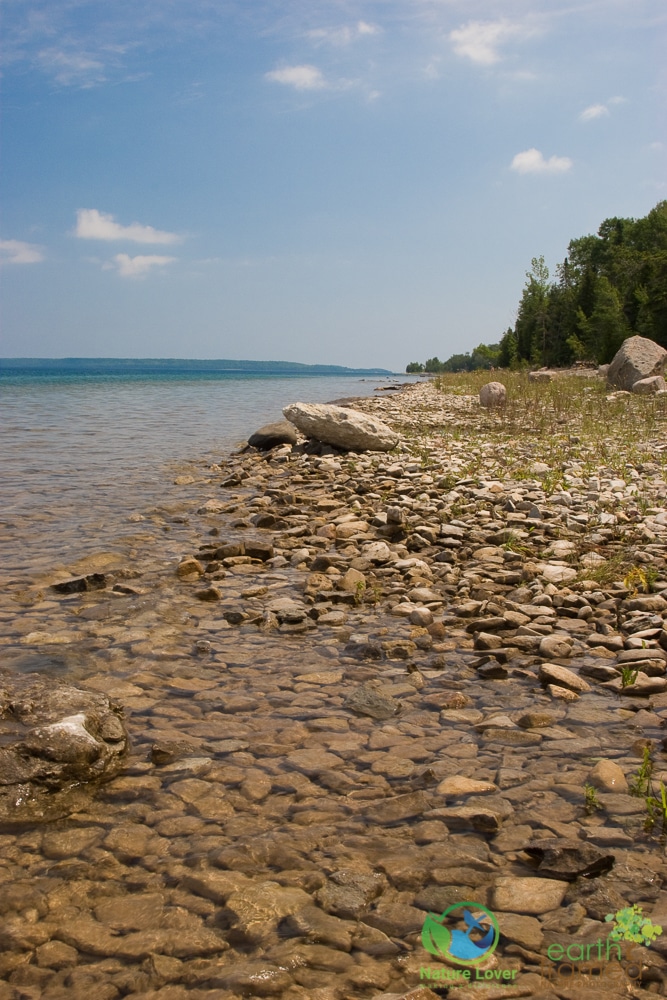
Most beaches on the Georgian Bay are quite rocky but the crystal clear waters are so beautiful. Don’t be surprised at the cold water though, Georgian Bay is very deep with an average depth of 150 feet. This bay, off of Lake Huron, is almost 80% as big as the lake which is why it is often referred to as the 6th Great Lake.

There are 30,000 islands in Georgian Bay and you can Hay, White Cloud and Griffith Island in the background.
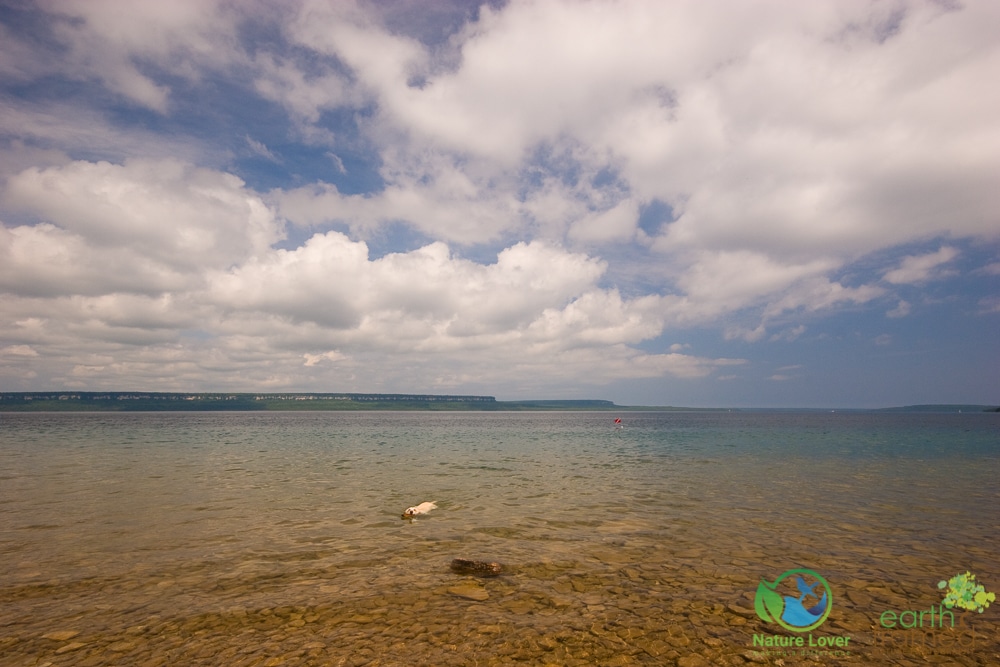
Maya loves to swim and didn’t care about the rocks or the cold weather. As Labrador Retriever, she is built to swim in cold water. Labs actually originated in Newfoundland and were working dogs – they swam in the Atlantic Ocean retrieving fishing nets. She has webbed feet and an otter-like tail that helps her swim fast and turn on a dime. We call Maya our “Goretex” puppy because she is waterproof with her double coat that repels water and insulates her from the cold.

Maya was always trying to climb up on things, even when it wasn’t the safest thing to do and there wasn’t enough space.
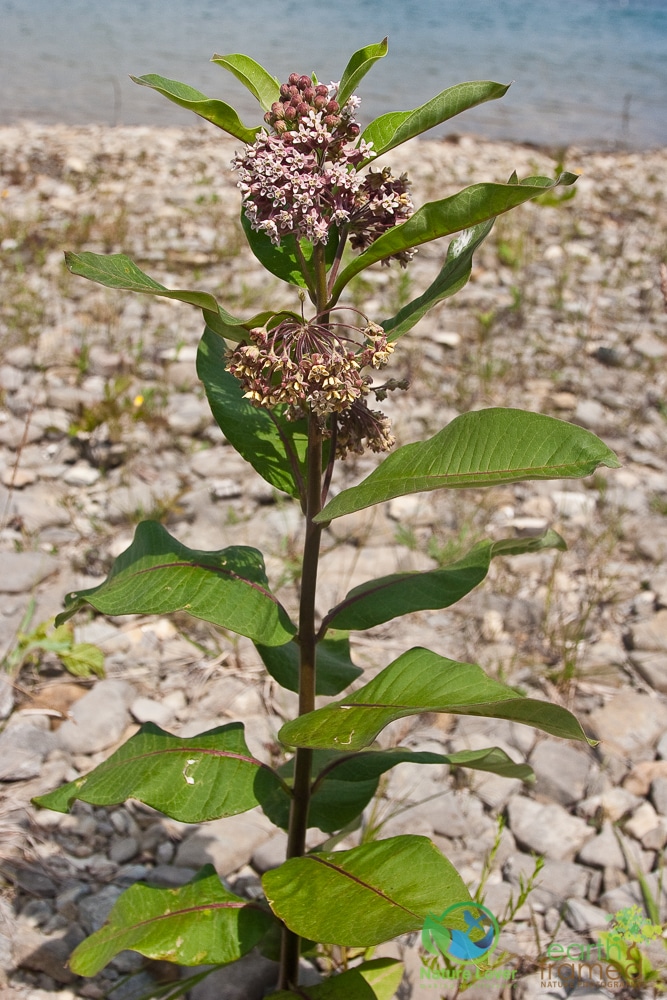
On the beach we found a beautiful and healthy Common Milkweed growing alone in the rocks.
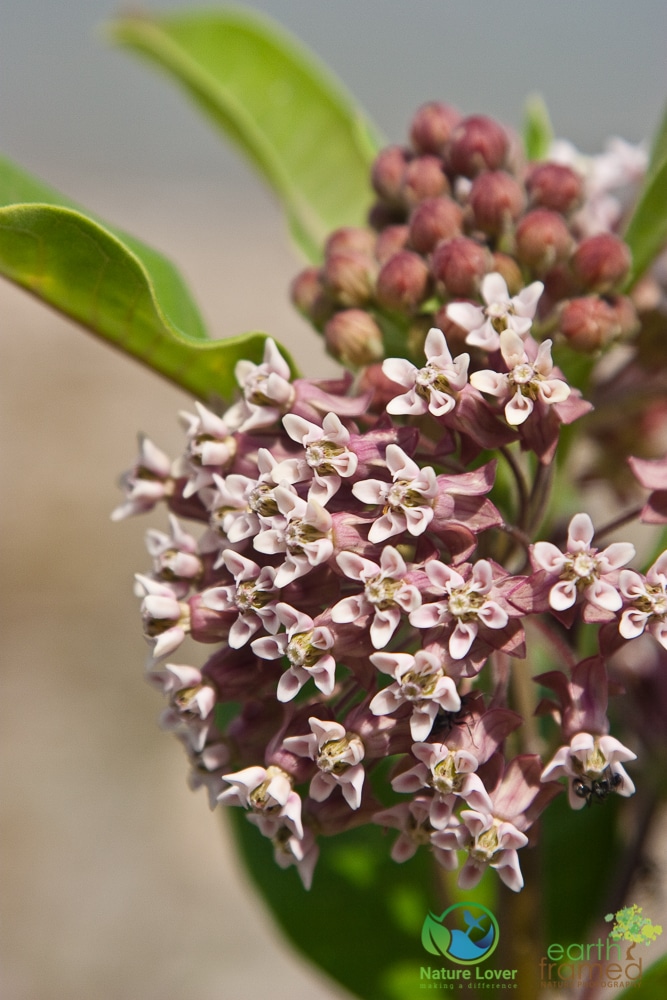
These aren’t only a beautiful plant, they are also an important food source for many insects, especially the Monarch Butterfly. The Monarchs use milkweed as a nectar source, as the place they lay their eggs and the caterpillars will then eat the leaves as a source of food. Monarch caterpillars only eat milkweed plants, which is why they are so important to the species.

This lavender was also growing on the beach in between the rocks. It is amazing where plants and trees can grow. In the Bruce Peninsula you’ll find a lot of plant life growing in places you wouldn’t think possible.


